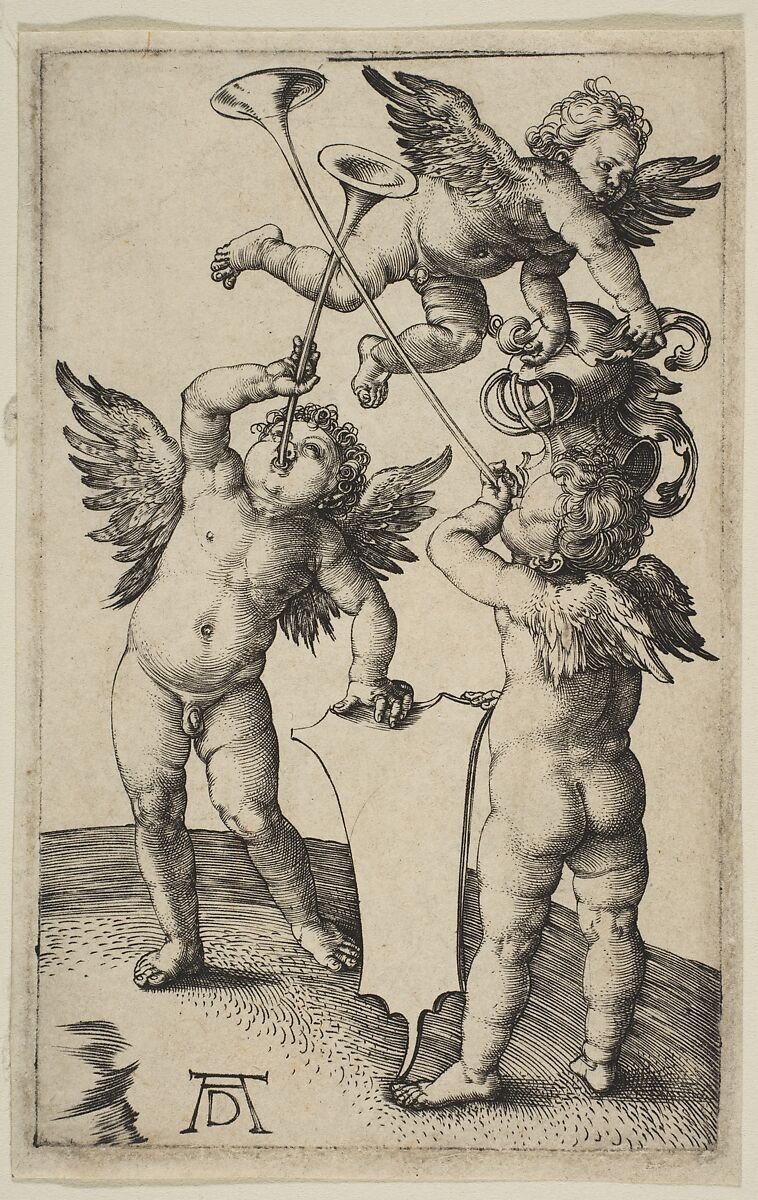What Does a Putto Represent?
Luigi Avolio 800. Italian silver and ormolu figural groups, image courtesy of Mozeris Fine Antiques
The putto, a small chubby child often depicted with wings, has long been a captivating and enduring motif in art, especially throughout the Renaissance and Baroque periods. The word putto derives from the Italian for "boy" or "child" and is often associated with depictions of childlike innocence, love, and divine influence. Yet, a putto is more than a mere cherub; it holds a depth of meaning that resonates in both historical and modern contexts.
Historical Origins and Symbolism
The origins of the putto can be traced back to classical art in ancient Greece and Rome, where figures of childlike spirits or deities represented aspects of life, love, and nature. However, the Renaissance period brought the putto into the spotlight. Artists like Raphael, Botticelli, and Donatello embraced these figures, blending classical influences with Christian iconography.
Albrecht Dürer Three Putti with Trumpets, image courtesy of Metropolitan Museum
In art, a putto often symbolises innocent or divine love. Frequently mistaken for cherubs, putti (the plural of putto) differ as they don’t always represent angels but embody a broader range of human emotions. In religious art, they signify the purity of divine love and, at times, serve as intermediaries between the divine and human realms. In secular art, however, they are playful, often reflecting the joys and passions of human life.
The Putto in Religious and Secular Art
During the Renaissance, artists used putti to adorn religious paintings, frescoes, and sculptures. In Christian artwork, putti became a symbol of divine love, purity, and the innocence of children. They were depicted in the company of saints, the Madonna, and even as a physical representation of heavenly love.
In secular themes, putti often symbolise romance and playfulness. They appear in paintings of weddings, celebrations, and in allegorical art, where they represent ideas like peace, joy, and fertility. Their presence in secular artwork highlighted the Renaissance ideals of beauty, nature, and love, which celebrated both the physical and the divine.
Nicolas Poussin ‘ Bacchanal of Putti ‘ , image courtesy of Artble
Sardonyx Carved Agate cameo with putt and Neoclassical female figure ,mage courtesy of Mozeris Fine Antiques
Putti in Jewellery
Putti have also found their way into the world of jewellery, where they bring a sense of whimsy and classical charm to wearable art. In jewellery, putti motifs often appear in pendants, earrings, and brooches, crafted to symbolise love, innocence, and playfulness. Renaissance-inspired pieces frequently feature putti intertwined with floral or celestial motifs, embodying themes of romance and timeless beauty. In the Victorian era, putti jewellery became popular as a way to evoke the nostalgia and grace of classical art, capturing the essence of cherubic innocence and divine love. Today, jewellery featuring putti adds a vintage touch, appealing to collectors and enthusiasts who appreciate the blend of art history and craftsmanship.
Conclusion
A putto’s significance is deeply embedded in Western art, carrying themes of innocence, love, and divinity through centuries. Whether seen in religious altarpieces or as a playful figure in secular works, the putto remains a powerful symbol that connects art, culture, and spirituality. For art lovers and historians alike, these figures represent more than just artistic decoration; they are icons of human expression and the timelessness of emotion.





